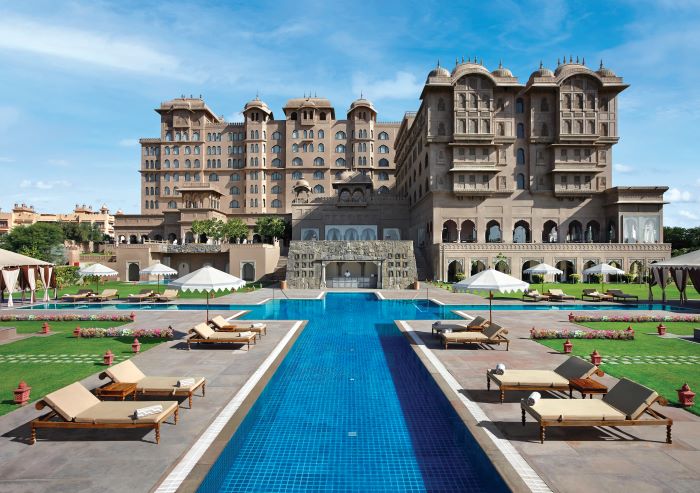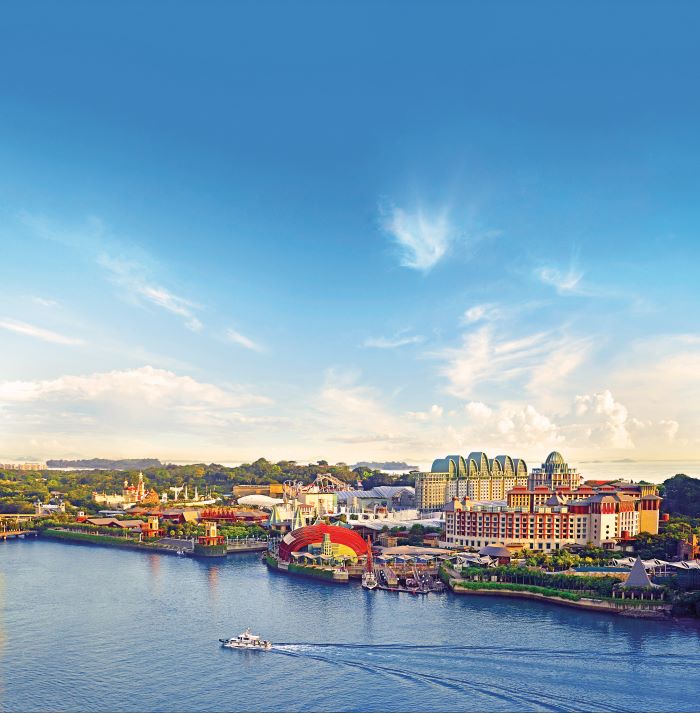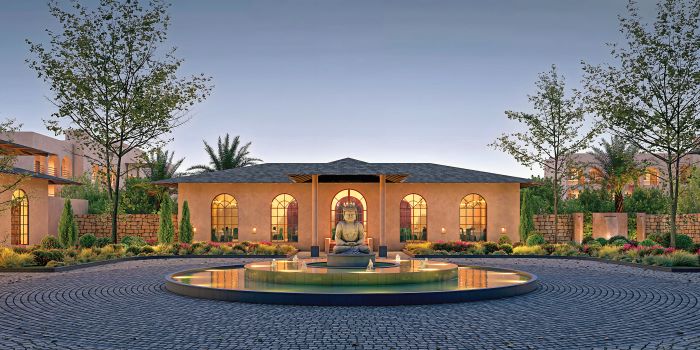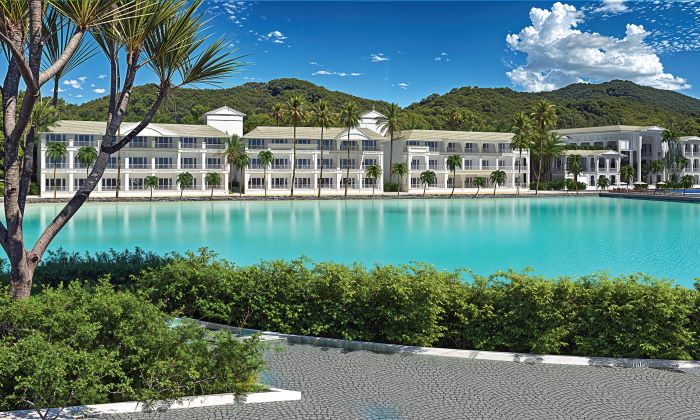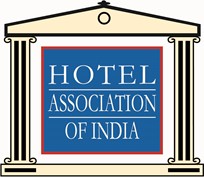Indian hotel industry is expected to witness healthy revenue growth in next fiscal, supported by steady domestic demand, reveals CRISIL Ratings analysis.
HT Bureau
The Indian hotel industry is expected to experience a healthy revenue growth of 11–13 per cent in the next fiscal, following a strong 15–17 per cent growth in the current fiscal. The industry’s profitability will be sustained by strong earnings before interest, taxes, and depreciation (EBITDA) and limited capital expenditure. A CRISIL Ratings analysis of branded hotel companies with 70,000 rooms across categories indicates that domestic travel demand will sustain the industry’s performance, while foreign tourist arrivals are expected to remain around 10 per cent below pre-COVID levels.
Anand Kulkarni, Director, CRISIL Ratings, commented, “Average room rates (ARRs) are projected to grow by 5–7 per cent next fiscal, compared to 10–12 per cent this fiscal, while occupancy is expected to remain healthy at current levels of 73-74 per cent.”
The foreign tourist arrivals in India, despite a growth this fiscal, are estimated to remain 10 per cent below pre-COVID level and pick-up in the same will provide fillip to the hotel demand next fiscal, according to the CRISIL Ratings analysis. It was further observed that “demand in the M!CE segment is also expected to remain healthy as corporates have resumed their activities post-COVID induced hiatus.”.
Nitin Kansal, Director, CRISIL Ratings, said, “Greenfield capex is expected to remain subdued with the new room addition remaining at 4-5 per cent per fiscal over the next couple of years. While the demand rebound has boosted industry sentiments, the cost dynamics remain a constraining factor for the new capex. High land costs, sizeable increase in construction costs, long gestation period coupled with cyclicality in the sector is resulting in cautious new capex in the sector. Therefore, brands may keep adding rooms through management contracts, which will limit their upfront capital costs.”
The effect of conducive demand supply dynamics is also visible on the operating profitability of the industry. The ARR-driven revenue growth typically translates into better profitability, given that operating costs do not increase proportionately. Plus, hotels had taken several cost efficiency measures, such as better manpower planning and optimisation in F&B expenses, in the past two fiscals. While costs are expected to inch up gradually, operating leverage will help maintain strong operating profitability, at 32-33 per cent over the current and the next fiscal — similar to last fiscal and 1,000 bps higher than the pre-COVID level.
In this milieu, credit profiles of the hotel companies will continue to improve. For instance, interest coverage is expected to rise to 4.3 times and 5.5 times this and next fiscal, which will be higher than 3.2 times last fiscal. The debt to EBITDA ratio is seen improving to 2.2 times this fiscal followed by below two times in the next from 2.9 times last fiscal.
A CRISIL Ratings analysis of branded hotel companies indicates that domestic travel demand will sustain hotel industry’s performance.


